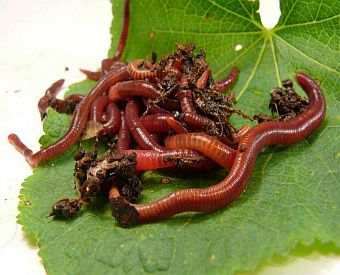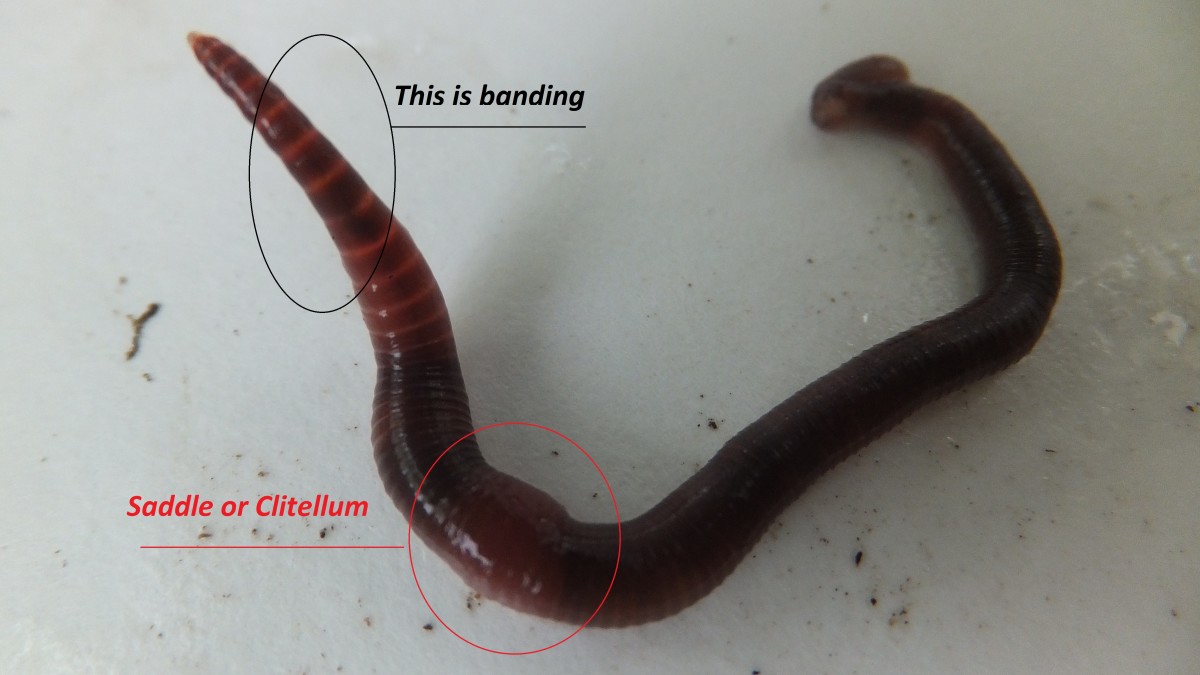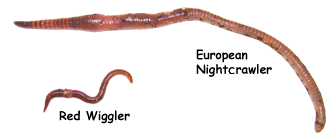Red Wiggler Worms - Efficient Decomposers for Your Garden Compost Bin
Red Wiggler Worms - Efficient Decomposers for Your Garden Compost Bin
Blog Article
Taking Full Advantage Of the Benefits of Red Wiggler Worms: A Comprehensive Manual for Home Gardeners and Urban Farmers
In the realm of sustainable horticulture practices, red wiggler worms stand as unrecognized heroes, silently changing natural waste right into nutrient-rich spreadings that can work marvels for dirt health. As home garden enthusiasts and city farmers progressively look for eco-friendly and cost-effective ways to improve their yards, the potential benefits of harnessing the power of red wigglers can not be overemphasized. From minimizing cooking area waste to growing much healthier plants, the application of these simple animals offers a wide variety of advantages. By exploring the intricacies of exactly how to properly take care of and take full advantage of the benefits of red wiggler worms, individuals can unlock a wealth of possibilities for enhancing the sustainability and efficiency of their horticulture endeavors.
Recognizing Red Wiggler Worms
Red Wiggler worms, renowned for their efficient composting abilities, are a varieties of earthworms extensively made use of in vermiculture practices. These worms, clinically known as Eisenia fetida, thrive in decaying organic product, making them optimal candidates for composting.
One key attribute of Red Wiggler worms is their reproductive price. These hermaphroditic animals have both female and male reproductive body organs, allowing them to duplicate rapidly under desirable problems. A mature Red Wiggler can generate multiple children in a short period, making sure a consistent population within a composting system.

Establishing Up a Worm Bin
When establishing a worm container for vermiculture purposes, proper preparation and focus to detail are essential for creating a helpful atmosphere for Red Wiggler worms. Begin by selecting an appropriate container for your worm container. This can be a plastic or wood container with a lid to maintain moisture levels and protect the worms from light. Guarantee that the bin has drainage holes at the bottom to prevent waterlogging.

Area the worm bin in a trendy, dark place far from direct sunlight and extreme temperature levels. Routinely check the moisture levels, including water if the bedding feels half-cracked or completely dry. Feed the worms a well balanced diet regimen of fruit and vegetable scraps, preventing citrus fruits, onions, and spicy foods. By adhering to these steps, you can establish up a prospering worm container that will effectively process natural waste into nutrient-rich vermicompost for your garden.
Feeding and Preserving Worms
Making certain a nutritious and balanced diet is critical for the wellness and efficiency of Red Wiggler worms in a vermiculture system. Red Wigglers are ravenous eaters, capable of eating their own body weight in raw material daily. To preserve a thriving worm population, it is important to give them with a variety of food scraps such as fruit and veggie peels, coffee premises, tea bags, and crushed eggshells. It is crucial to avoid feeding them citrus fruits, onions, garlic, dairy items, meat, and oily foods as these can be unsafe to the worms or cause unpleasant smells in the container.
Appropriate wetness degrees are additionally important for look at this website the health of Red Wiggler worms. The bed linen ought to seem like a damp sponge, giving sufficient dampness for the worms to take a breath with their skin. Consistently inspect the wetness levels and readjust by including water or dry bed linen material as required. Furthermore, maintaining proper temperature level problems in between 55-77 ° F(13-25 ° C )will certainly ensure ideal worm task and reproduction. By vigilantly checking their diet, moisture, and environmental conditions, home gardeners and metropolitan farmers can maintain a efficient and healthy Red Wiggler worm populace for composting objectives.
Collecting Worm Castings
To effectively remove nutrient-rich worm spreadings from the vermicompost, a methodical harvesting process is essential for taking full advantage of the composting advantages. The very first step in gathering worm castings is to encourage the worms to migrate to one side of the container.
After the castings have been harvested, it is necessary to separate any type of remaining worms from the castings to avoid harming them during storage or application. One reliable method is to create conical stacks of spreadings under intense light. Worms will naturally move far from the light, allowing for simple separation and removal.
Finally, the harvested worm castings need to be stored in a great, dark, and completely dry location to keep their top quality and performance as a nutrient-rich dirt modification. By adhering to these actions, home garden enthusiasts and city farmers can maximize the benefits of red wiggler worms in their vermicomposting systems.
Utilizing Worm Castings in Gardening
The unification of nutrient-rich worm spreadings into garden soil can considerably improve plant growth and general soil health and wellness. Worm castings, additionally known as vermicast, are an all-natural fertilizer generated by red wiggler worms as they damage down raw material. These castings are rich in necessary nutrients like nitrogen, phosphorus, potassium, and advantageous germs that advertise plant growth and boost dirt framework.
When making use of worm spreadings in horticulture, it is essential to mix them extensively into the dirt or Resources use them as a leading dressing weblink around plants. The slow-release nature of worm spreadings ensures a consistent supply of nutrients to plants gradually, decreasing the danger of nutrient leaching and advertising long-term soil fertility. Furthermore, worm castings assist boost dirt aeration, water retention, and microbial activity, creating a healthy environment for plant origins to grow.

Verdict
In verdict, the usage of red wiggler worms in home horticulture and urban farming can significantly profit dirt health and plant growth. By recognizing how to establish and keep a worm bin, feed the worms correctly, and gather their nutrient-rich spreadings, gardeners can make best use of the benefits of these earthworms. Integrating worm castings right into gardening techniques can enhance dirt fertility and overall plant productivity. Overall, red wiggler worms provide a efficient and sustainable option for boosting yard and farm yields.
In the realm of lasting horticulture methods, red wiggler worms stand as unsung heroes, quietly changing natural waste right into nutrient-rich castings that can work marvels for dirt health and wellness.When establishing a worm bin for vermiculture functions, appropriate prep work and attention to detail are essential for creating a conducive environment for Red Wiggler worms. The first step in collecting worm castings is to encourage the worms to migrate to one side of the container. Worm spreadings, also recognized as vermicast, are a natural fertilizer produced by red wiggler worms as they break down organic issue. By recognizing how to establish up and preserve a worm bin, feed the worms appropriately, and gather their nutrient-rich spreadings, gardeners can optimize the advantages of these earthworms.
Report this page